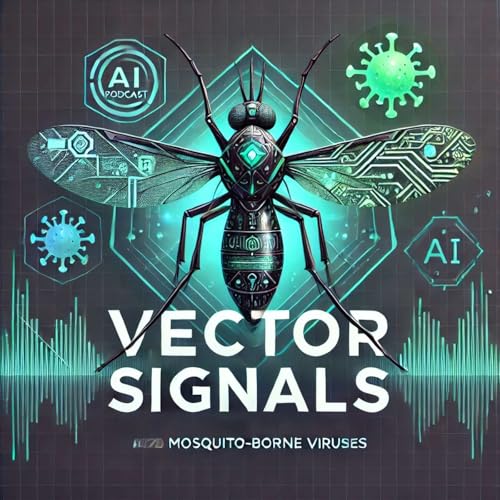Briefing: Fine-Scale Predictive Modeling for Dengue Risk in MalaysiaSource: Dom, N.C., Abdullah, N.A.M.H., Dapari, R. et al. Fine-scale predictive modeling of Aedes mosquito abundance and dengue risk indicators using machine learning algorithms with microclimatic variables. Sci Rep 15, 37017 (2025). https://doi.org/10.1038/s41598-025-17191-yDate: Received - 01 February 2025 | Accepted - 21 August 2025 | Published - 23 October 2025Executive SummaryThis briefing document synthesizes the findings of a study on the use of machine learning (ML) for fine-scale prediction of Aedes mosquito abundance and dengue risk in Kuala Selangor, Malaysia. Faced with a doubling of dengue cases in 2023, the study addresses the limitations of coarse, regional forecasting models by incorporating daily microclimatic data (temperature, relative humidity, rainfall) to improve predictive accuracy at the neighborhood level.Key Takeaways:Variable Model Performance: No single machine learning algorithm—Artificial Neural Network (ANN), Random Forest (RF), or Support Vector Machine (SVM)—was universally superior. Performance was highly dependent on the specific mosquito species (Ae. aegypti vs. Ae. albopictus), the risk indicator being predicted (Aedes Index vs. Dengue Positive Trap Index), and the combination of microclimatic inputs. For instance, ANN excelled at predicting the Ae. aegypti Aedes Index, while SVM was most effective for predicting the Ae. albopictus Dengue Positive Trap Index.Impact of Predictor Complexity: Models incorporating multiple microclimatic variables (dual or triple combinations) generally yielded lower error metrics than single-variable models. However, increasing model complexity did not always improve accuracy and, in some cases, led to overfitting and higher prediction errors, particularly for ANN models. This highlights a critical trade-off between model complexity and predictive power.Moderate and Time-Lagged Climatic Influence: While statistically significant, the correlations between microclimatic variables and mosquito indices were weak to moderate (correlation coefficients ranged from -0.30 to 0.32). This indicates that microclimate alone is insufficient to fully explain mosquito population dynamics and that other unmodeled factors, such as breeding site density, vegetation, and human activity, play a crucial role. The analysis also revealed significant time lags of up to 91 days, suggesting cumulative or delayed environmental effects on mosquito life cycles.Species-Specific Ecological Responses: The study identified distinct ecological sensitivities between the primary dengue vectors. Aedes albopictus demonstrated a quicker response to rainfall for dengue risk (a lag of -28 days) compared to Aedes aegypti (-63 days), which aligns with its known preference for more transient breeding habitats.Conclusion: The research validates the potential of fine-scale, microclimate-driven ML models as a valuable tool for creating proactive and targeted dengue control strategies. However, it underscores that effective implementation requires careful model selection tailored to specific species and local conditions. Future predictive systems would benefit from integrating a broader range of ecological and anthropogenic data to enhance accuracy and operational value. -------------------------------------------------------------------------------- 1. Background and RationaleDengue fever remains a significant and escalating public health threat in Malaysia. The Ministry of Health reported over 123,000 cases in 2023, a twofold increase from 2021, with the state of Selangor bearing the highest burden. This trend suggests that existing vector control strategies, public awareness campaigns, and regulatory enforcement face significant limitations, particularly in densely populated urban areas.The proliferation of Aedes mosquitoes, the primary vectors for dengue, is heavily influenced by environmental conditions, especially microclimatic variables like temperature, humidity, and rainfall. Previous predictive models have often relied on coarse-resolution data from regional weather stations or satellites. This approach fails to capture the localized microclimatic variations critical to mosquito breeding at the neighborhood or household level, thereby limiting the models' utility for guiding timely and targeted interventions.This study aimed to bridge this gap by developing and evaluating fine-scale predictive models for Aedes mosquito abundance and dengue risk indicators in Kuala Selangor, a known dengue hotspot. The core objective was to leverage machine learning algorithms to analyze daily, localized microclimatic data, thereby improving forecasting accuracy for more effective, data-driven vector control.2. Methodological FrameworkThe study was conducted over 26 weeks, from February 6 to August 6, 2023, in urban and suburban districts of Kuala Selangor, a region with a tropical climate conducive to mosquito breeding...
続きを読む
一部表示

 11 分
11 分 13 分
13 分 13 分
13 分

